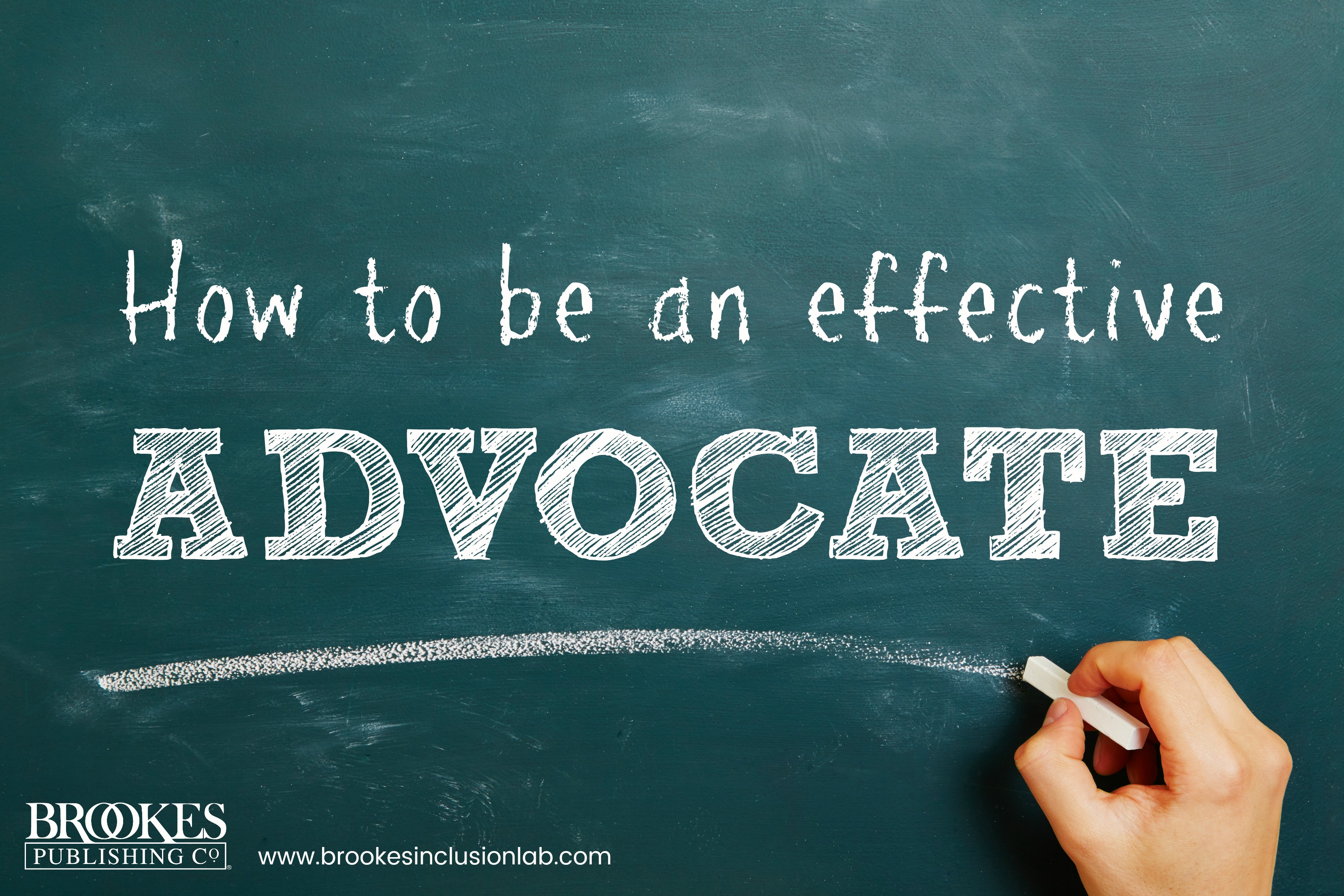
Advocates are responsible for creating a positive learning experience for students. Theyare in charge of helping students navigate through any academic or personal problems and address them based on the schools recommendation.
Having previous experience as an educator is essential to become a student advocate. But have you ever wondered what can you do with a doctorate in education? Apart from pursuing a career as a student advocate, onecan find employment as an instructional coordinator, become a school principal, or advance to become an executive director of education. Having an EdD, such as the qualification offered by Rockhurst University, allows you to make a difference in children and the community.
For those planning on pursuing a career as a student advocate, here are some helpful tips on how to be a better advocate for children:
Practice becoming an active listener
One of the essential traits a student advocate needs to have is active listening skills. Advocates need to be genuinely interested in helping theirstudents solve any issue they have and pursue their interests. Paying attention to their expressions and body language is also vital. Maintaining eye contact when talking and giving nonverbal feedback shows active listening.
Get to know students’ names, learn their interests and listen to their perspectives. Advocatesneed to be sensitive to their feelings and address their problems. Thisshows care fortheir wellbeing and commitment to their success.
Ask open-ended questions to allow the student to freely share what is on their mind without an inclination to provide a specific answer. A good advocate also asks follow-up questions and paraphrases what they have heard to avoid misunderstanding.
Learn about students rights
One can become a better student advocate by familiarizing themselves with current education laws and policies. Take time to learn about what the harassment/anti-bullying policy states, what free association means, rights of safety, freedom of speech and their right to a fair assessment.
It is critical to note that laws change every day, and good advocates should review the education laws and research other unrelated laws that may affect theirstudents. That includes issues like special needs programs and student retention.
Understanding their rights will help you develop effective strategies to ensure optimal learning for every student.
Focus on creating an all-inclusive learning environment
Students need a friendly and supportive environment for them to learn freely. As an advocate, taking time to create an all-inclusive environment that allows students to express their interests and focus on their strengths freely promotes growth and success.
Check whether the instructional methods and curriculum in place support individualism. Each student should have the opportunity to learn and participate in extra-curricular activities. The teachers and principal should treat all students equally and not discriminate based on their social status, health condition or other affiliation.
Act in a way that represents the student’s needs
Advocacy mainly revolves around making decisions that best represent students interests. Advocates need to take time and understand theirstudents educational needs and decide on the steps to take to ensure they are getting maximum support.
Note that standing up for students may be met with criticism, and some may think of it as a way of gaining popularity. However, advocacy requires courage, and advocatesmust defend theirdecisions through state laws and educational policies.
Foster a strong relationship with the schools leadership
Having others support is essential. This means working with the schools leadership, teachers, parents, and the community to advocate effectively.
For example, when dealing with a student with special needs, one needs to consult the principal and the special education team to understand how to handle the student.
Forging a strong partnership with the stakeholders allows advocatesto suggest new ways or processes to support theirstudents better. Presenting solutions to problems noted in the past is an excellent way to get the school leadership on board.
Do not be afraid to speak out
Putting students’ interests first also involves vocalizing the issues affecting them. An advocateneeds to ensure theirvoice is heard by contributing to discussions about students’ rights and wellbeing. Write letters to key decisionmakers, create a presentation, or organize school/community events to advocate change.
Speaking out also involves providing solutions to problems. Create an advocacy plan and state the intendedsteps to create a change. Back up information with facts and numbers to establish credibility, then ask for support from the schools leadership.
Remember to review and follow employees policies when voicing an opinion in public forums.
Seek support from advocacy groups and organizations
It is important to network with people who share similar ideas. Engage with advocacy organizations and brainstorm how they can offer support through research, partnerships or resources. The best way to find an advocacy organization within a line of work is to consider the issues that students face. Research an organization that can address those issues through resources or partnership support.
Anticipate challenges but remain focused
Advocates for students willface multiple challenges, but these setbacks should not be allowed to discourage or prevent them fromfocusing on long-term goals. Rather, they should sit down and evaluate the challenges and devise a plan to tackle them through different advocacy actions.
Final thoughts
Effective advocacy is not always about speaking out in forums or building a large following online. Teacherscan become a better advocates for theirstudents by interacting and listening to them, learning about the respective laws/policies, and working with the schools leadership to create an all-inclusive learning environment. Thiswill help create a good environment where children freely learn and voice any problems they may face.
